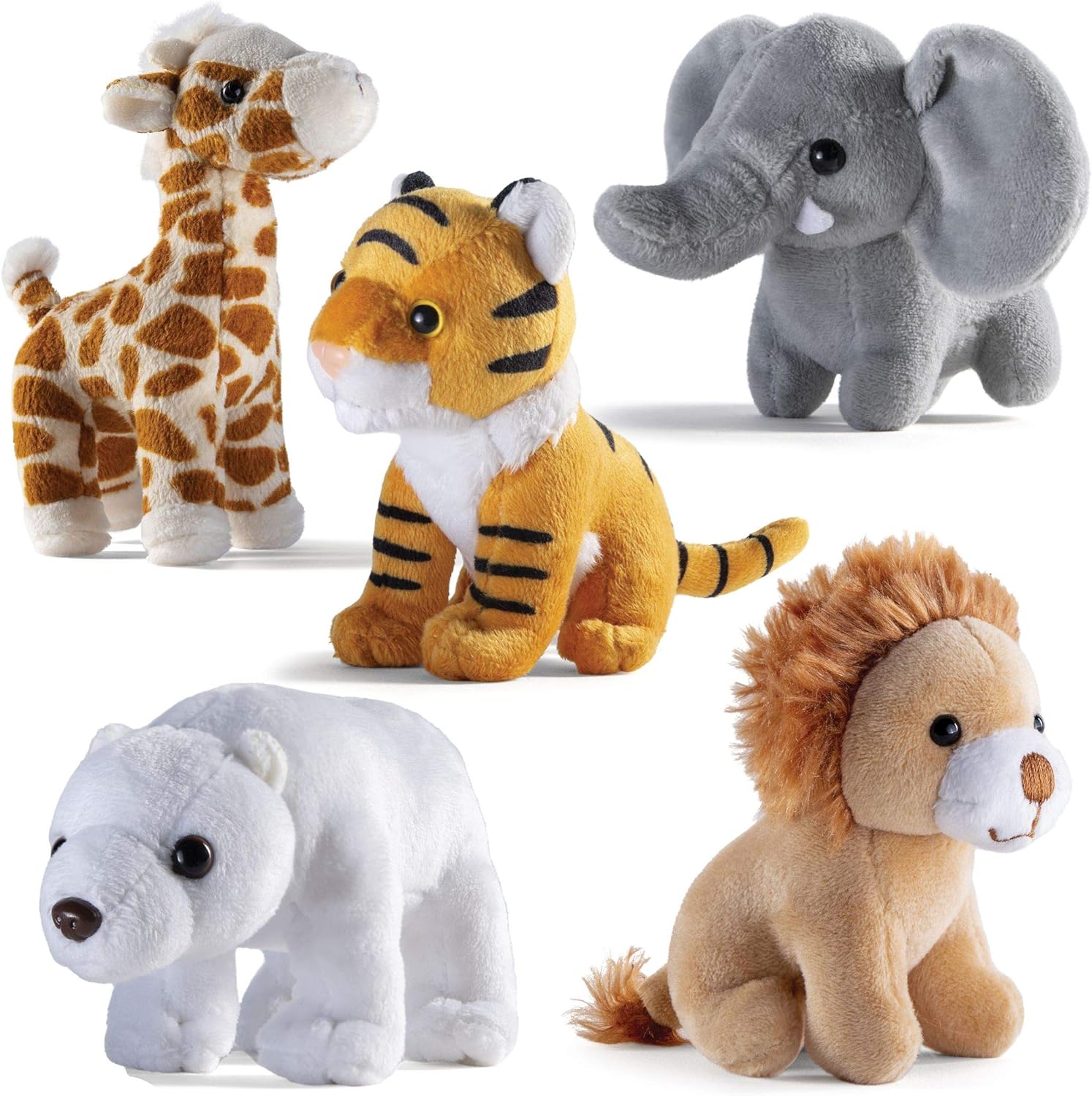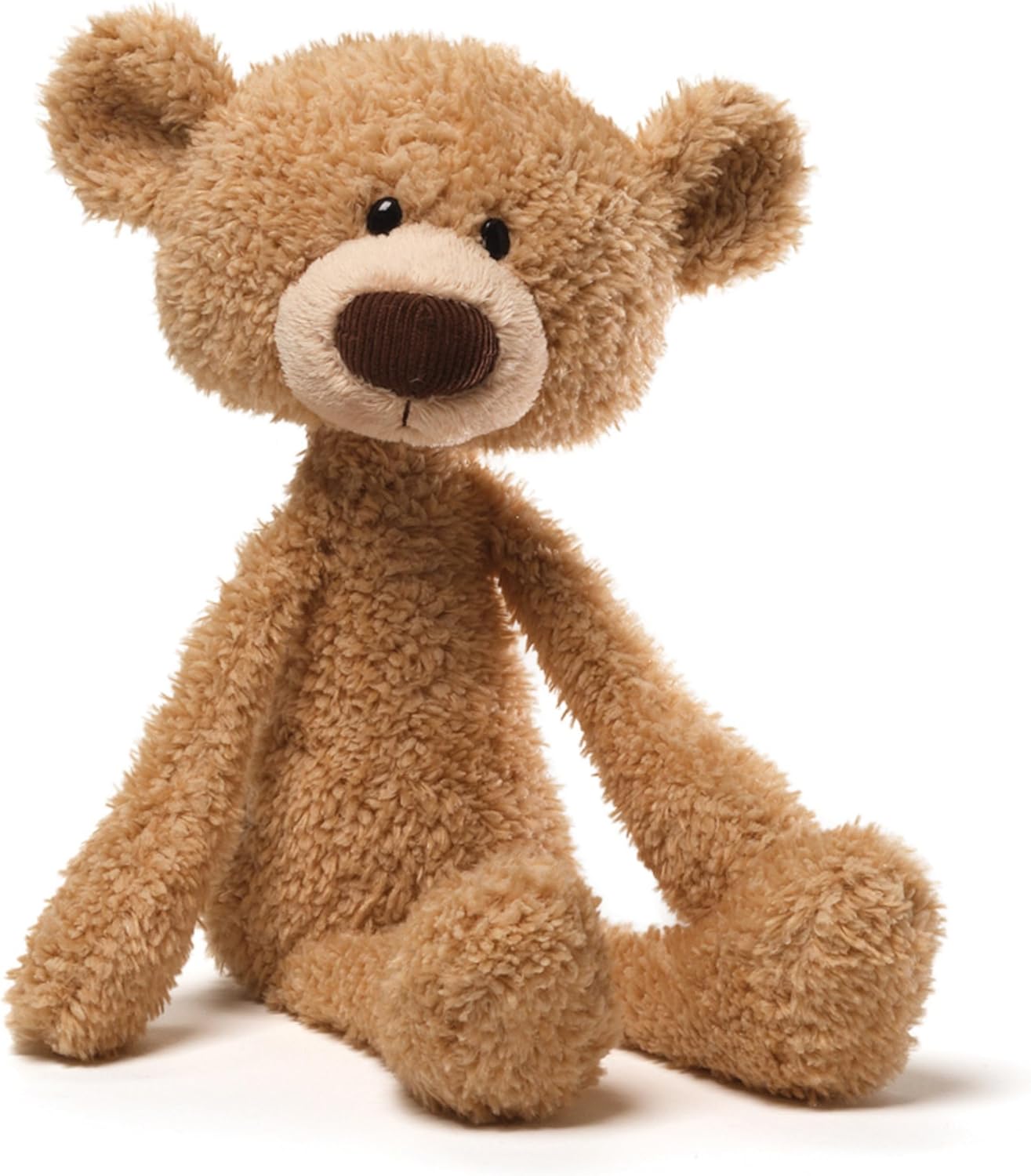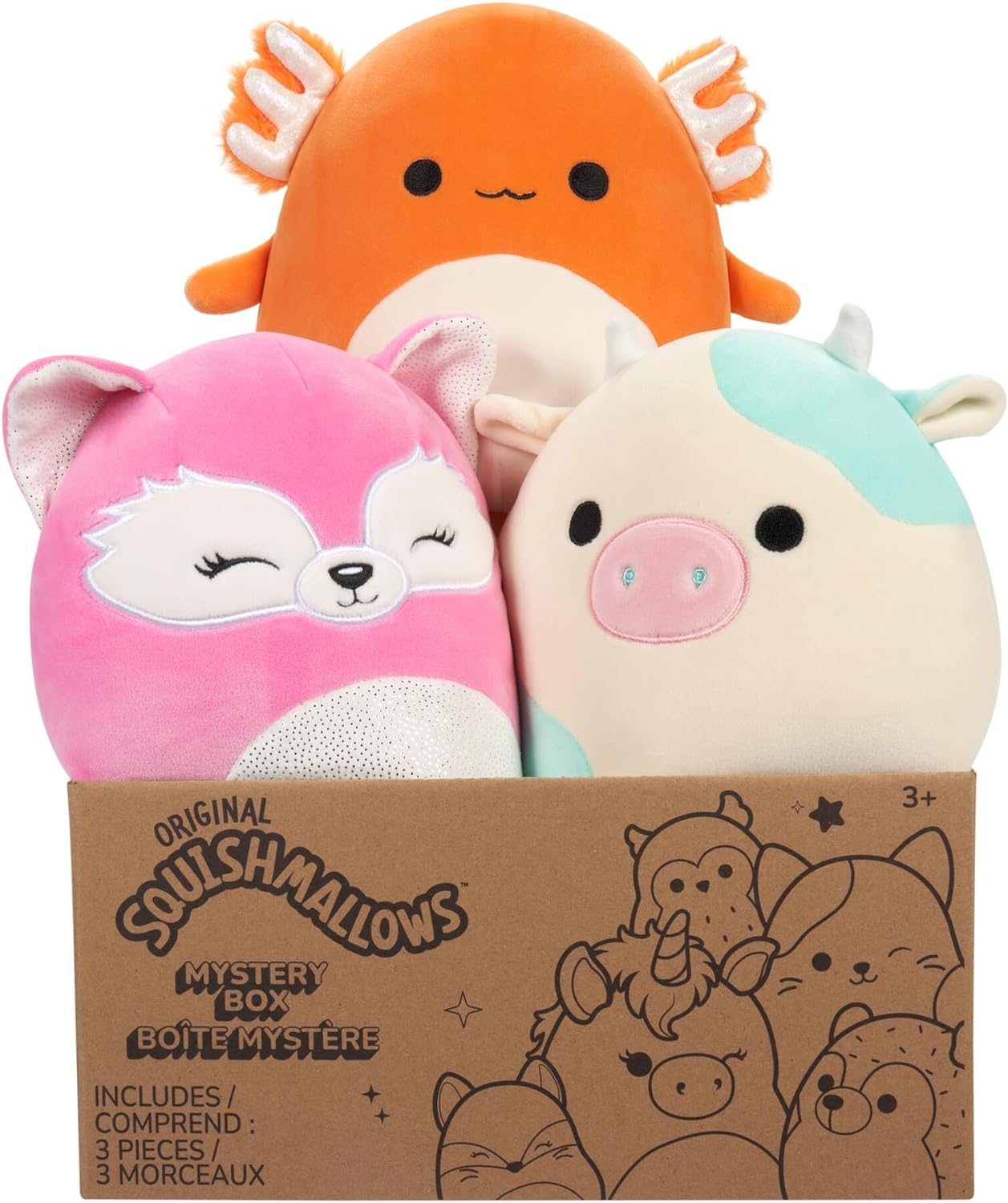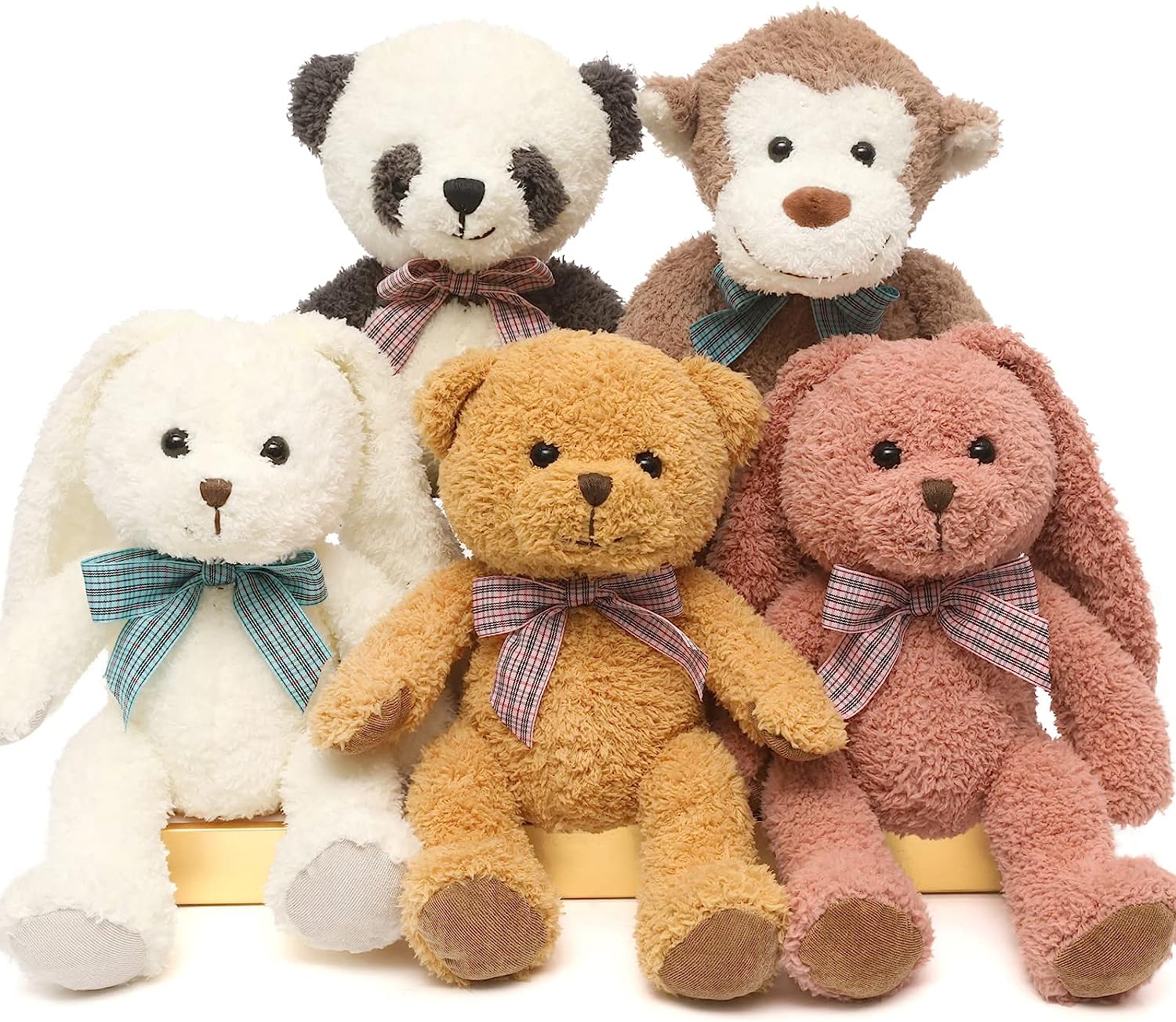The Origins and Evolution of Stuffed Animals
Stuffed animals have been a cornerstone of childhood and beyond for centuries, offering comfort, companionship, and a sense of security to countless individuals. The inception of stuffed animals can be traced back to ancient civilizations, where handmade dolls, often crafted from available materials like straw, cloth, and wood shavings, served both utilitarian and ceremonial purposes. However, the modern stuffed animal, as we know it today, began to take shape in the late 19th and early 20th centuries, thanks to advancements in manufacturing and textile production.
Companies like Steiff in Germany pioneered the commercial production of stuffed animals, introducing the Teddy Bear in the early 1900s – a toy that would become an emblematic figure in the world of stuffed animals. This period marked a significant evolution: stuffed animals transitioned from crudely shaped figures to more sophisticated, soft, and cuddly forms, designed with the express purpose of providing emotional solace and joy to children.

The Psychological Impact of Stuffed Animals on Children and Adults
Stuffed play a pivotal role in childhood development, serving as more than just toys. They act as transitional objects that help children navigate their understanding of the world, offering a sense of consistency and security in an ever-changing environment. For many children, a stuffed animal is a confidante, a playmate, and a source of comfort during times of distress.
Research has shown that stuffed animals can significantly impact emotional development, encouraging empathy, compassion, and social skills. They serve as practice companions for children to explore complex feelings and relationships, facilitating language skills and emotional expression.
For adults, stuffed animals can represent nostalgic ties to childhood or serve as soothing reminders in times of stress. The emotional bonds formed with these plush companions often transcend age, highlighting the profound and lasting comfort that stuffed animals can provide.
Stuffed Animals in Modern Culture and Media
toy have cemented their place in modern culture, often becoming iconic symbols in literature, movies, and media. Characters like Winnie the Pooh, Paddington Bear, and Elmo have transcended their origins as children’s toys to become cultural phenomena, beloved by both children and adults. These characters often carry messages of friendship, kindness, and adventure, embodying values that resonate across generations.
In media, stuffed animals often serve as central figures in storytelling, providing comfort and courage to characters in children’s books and films, and sometimes even taking on hero roles themselves. They have become an integral part of storytelling, capable of conveying complex emotions and teaching valuable life lessons.

The Role of Stuffed Animals in Education and Therapy
Educators and therapists have long recognized the value of stuffed animals in learning environments and therapeutic settings. In classrooms, they can facilitate social interaction among children, encourage participation, and serve as tools for teaching empathy and emotional understanding. Stuffed animals are often used in reading circles, role-playing activities, and as aids in storytelling, helping children connect with the material on a deeper level.
In therapy, stuffed animals can offer a sense of security and comfort to individuals navigating emotional turmoil. They are particularly effective in sessions with young children or those with special needs, acting as non-threatening companions that can help facilitate communication and emotional expression. Therapists may use stuffed animals to help individuals process grief, anxiety, and other complex emotions, demonstrating the powerful role these plush toys can play in emotional healing and development.

Stuffed Animals: Companions of Growth and Comfort
Nurturing Emotional Intelligence through Plush Friends
The power of animals to function as tools for developing emotional intelligence in children cannot be overstated. In the imaginative play with these plush companions, children navigate various social scenarios, learning about empathy, kindness, and understanding. This play acts as a rehearsal for real-life interactions, where children apply the emotional skills they’ve honed with their stuffed animals. It’s a safe space where emotions can be explored and expressed freely, without fear of judgment or reprisal.
Furthermore, animals can help children manage their feelings of loneliness or anxiety. For instance, when facing a new or intimidating situation, such as the first day at school, a stuffed animal provides a familiar comfort. It’s a piece of home that they can carry with them, offering reassurance when they need it most. This aspect of emotional anchoring is crucial as it aids in the development of self-regulation skills, teaching children to comfort themselves in healthy, constructive ways.

Bridging Connections in an Increasingly Digital World
In today’s digital age, where screens often dominate leisure time and social interactions, stuffed remain tangible, touchable symbols of comfort and presence. They serve as reminders of the importance of physical interaction, grounding children in a tactile reality that is increasingly rare. While digital devices can offer educational content and ways to connect with others, stuffed animals provide a type of comfort that is immediate and sensory.
The tangible nature of stuffed animals can help in developing sensory awareness and fine motor skills. Holding, hugging, and even dressing these toys allow children to engage with the physical world, reinforcing the importance of touch and physical presence in building emotional bonds. This highlights a critical balance between the digital and physical realms, suggesting that in our rush towards technological advancement, we must not overlook the fundamental human need for touch and tangible connections.

Enhancing Creativity and Imagination
Plush toy are not just passive recipients of a child’s affection; they are active participants in the theater of a child’s imagination. They can become anything the child imagines – a fellow adventurer exploring distant lands, a trusted friend sharing secrets, or a comforting presence in times of need. This open-ended play encourages creativity, storytelling, and cognitive flexibility, as children imagine complex worlds and narratives involving their plush friends.
Moreover, the stories children create with their stuffed animals often reflect their understanding of the world around them. They can practice problem-solving skills, navigate social dynamics, and explore different perspectives within the safe confines of their imaginative play. This not only bolsters their creative abilities but also aids in their cognitive and emotional development, making stuffed animals invaluable companions on their journey towards understanding themselves and the world.
The Enduring Legacy of Stuffed Animals in Personal Histories
For many, stuffed animals remain cherished possessions well into adulthood, serving as tangible links to childhood and repositories of memories and emotions. They symbolize moments of happiness, comfort, and love, evoking a sense of nostalgia that’s deeply personal and unique. This enduring attachment highlights the profound impact that stuffed animals can have, not just as toys, but as keepers of our most treasured memories.
These objects of affection often outlive other childhood toys, becoming artifacts of personal history that can be passed down through generations. They offer a tactile bridge to the past, connecting individuals with their younger selves and shared family histories. In this way, stuffed can become heirlooms, imbued with stories and meanings that transcend their material form, celebrating the continuous thread of love and memory that they represent.
Conclusion
Stuffed animals, with their rich history and multifaceted roles in society, offer more than mere entertainment. They serve as comforting companions, aid in emotional and psychological development, and act as enduring symbols of innocence and tenderness. Whether nestled in a child’s arms, sitting on a collector’s shelf, or employed in educational and therapeutic settings, stuffed hold a special place in the hearts of many. Their significance extends far beyond the playroom, illustrating the profound impact these seemingly simple creations can have on our lives. From the iconic Teddy Bear to bespoke plush creations, stuffed animals continue to evolve, yet their essence remains the same – providing comfort, joy, and companionship to people of all ages.
